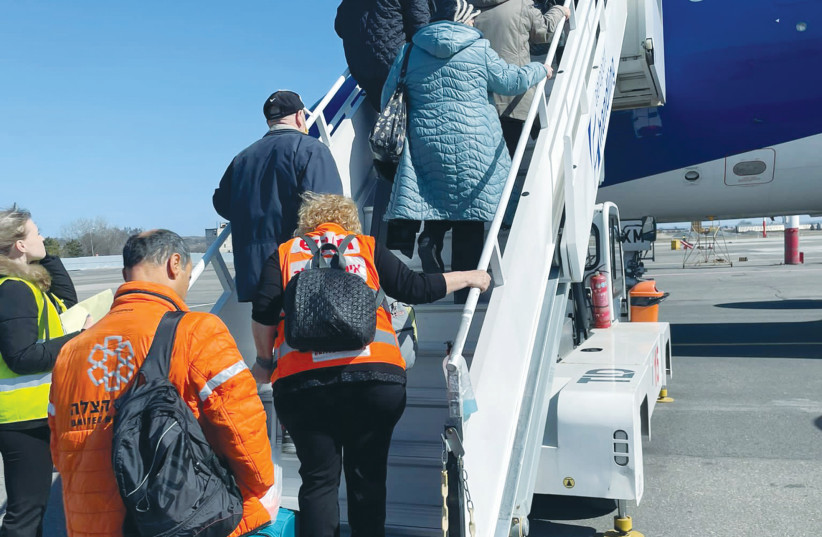Have you noticed the fact that you always get on and off passenger planes on the left side? It turns out that there are several good reasons for this. First and foremost, boarding from the same side is quite logical when it comes to airport infrastructure. In most cases we get on the plane using the "sleeves", and although these can be moved and adjusted to fit different models of planes, they are always designed to connect to the left side of the plane.
In an airport, where there are so many terminals and gates, it could be very confusing if every "sleeve" and every plane allowed boarding from a different side.
Now the question arises - why exactly on the left side? US-based media outlet Travel and Leisure points out that the main reason lies mainly in safety matters.
"Many operations of the plane are carried out mainly on its right side - refueling, loading and unloading luggage, loading the food and more," explains Dan Bob, a former pilot and aviation expert from the University of Nevada, Las Vegas.

There is another consideration for boarding the plane from the left side: the captains always sit on the left side of the plane, and since the "sleeves" are also on the same side, they allow the captain to align their plane more efficiently and safely and avoid hitting the left wing with those sleeves. "If the 'sleeves' were on the right side of the plane, it would be difficult for the captains to see them and align the aircraft accordingly," Bob adds.
Even the ships board from the left
While this may be less relevant his is less relevant today, when ground crew members stand in front of the aircraft and direct the pilots using the directional wands. They are also the ones who make sure that the travel route will be clear of obstacles, that the plane will reach its exact location and align according to the "sleeve." Today it can be difficult to imagine, but in the past the captains did it themselves, without the help of guides on the ground. In those days, even before the appearance of the "sleeves", it was customary to stop the plane when it was parallel to the terminal and not with the nose in front of it.
"It would be very dangerous to pick up passengers from the same side where there is traffic of other types of vehicles and equipment."
Dan Bob, former pilot and current faculty member at the UNLV
In this context, it is worth knowing that boarding a vessel is also done on the left side, and this is how it was used long before the appearance of airplanes. In the old days, sailors used rudder oars to control boats, and since most people are right-handed, the oars were placed on the right side of the boat. This meant that when a vessel arrived in port, her left side would be near the wharf. And on the other hand, both the passengers and the cargo were put on the vessel.
One way or another, there is no single central reason for the practice of boarding planes on the left side, but rather a combination of several factors. Bottom line, it all comes down to logistics and safety.
